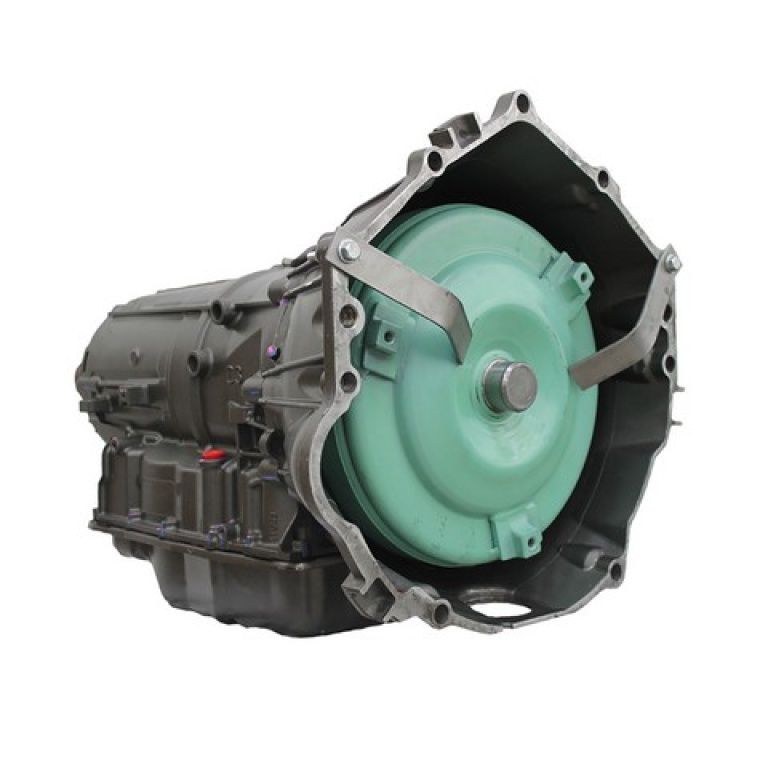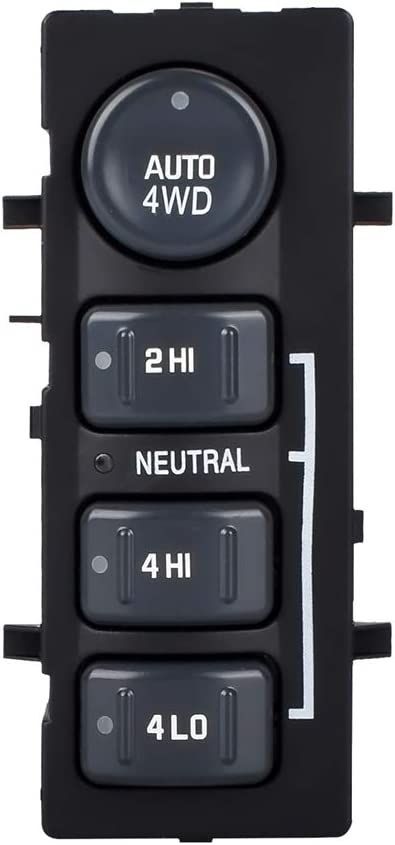CTT Transmissions

What is a Continuously Variable Transmission?
The CVT transmission uses variable diameter pulleys with a belt or chain to give it a wide range of gear ratios. It continuously varies the ratio as the vehicle is being driven versus the traditional transmissions that use planetary gears to stage the gear ratio on a more predictable pattern. The CVT method is similar to a 10 speed bike.
The pros - The transmission has gained popularity on many of the newer vehicles as it can continuously change the gear ratio to improve emissions and fuel economy. It is constantly changing the gear ratio to get the maximum performance out of the vehicle. Better gas mileage is probably the biggest factor.
The cons - The biggest concern at this time is the cost of replacing the transmission when it fails and the low mileage failures on some models. The belts are subject to wear from constantly changing positions on the pulleys and stretching of the belt can give them an early failure. The availability of replacement parts at this time is very scarce. However with the increasing popularity of the car manufacturers using them. The aftermarket parts should become more available and make them more affordable to repair.
The other downsides of these transmissions, that may be of concern to you, is that you do not feel the shifts as it is changing gear ratios and these transmissions can be noisier than conventional automatic transmissions. Also the response on a hard acceleration, like when getting on the freeway or passing a vehicle, does not seem to be as responsive.
I decided to post about the CVT Transmissions, as we have had several customers this year who have experienced transmission failure at low mileage. The cost of the transmission repair was close to or more than the value of their vehicle.
Some of the customers had recently purchased a used vehicle and were unaware that they had a CVT transmission. They were not happy when they found out that the transmission repair would be as much as they paid for their vehicle. If you plan on purchasing a vehicle with a CVT transmission, I recommend purchasing an extended warranty.
I recently visited some new car dealerships and learned that a good majority of their vehicles had CVT Transmissions, and that they planned on using more in the 2014 Models. You can tell by driving the vehicle if it has one of these transmissions as you will not feel the shifts as you are driving. You can also ask the salesperson. It appears that they are going to be in a majority of the new vehicles.
This does not mean that all CVT transmissions fail at a low mileage. And they do appear to be helping to improve fuel economy. However, I felt it important to educate our customers about the costs of repairing CVT transmissions, especially when purchasing a used vehicle. CVT transmission technology should advance, and the parts should become more available. For now, you should do your research on the vehicle you are planning on purchasing and find out about the warranty and coverage.
Transmission Leaks
A transmission leak is often misdiagnosed as multiple leaks. Often when we check out a leak. The whole transmission is soaked, looking like it is leaking from several places. This is usually not the case.
When driving down the road, the fluid gets blown around and back making it look like it has more than one leak. The best way to check out a slow leak is to clean everything off. Take the vehicle for a short test drive and let it sit. You may have to let it sit overnight if it is a small leak. Then it is easier to pinpoint where the leak is coming from.
Always start at the top and work your way down. A sensor or “O” ring that is leaking high on the transmission will drip down along the pan making it look like the pan is leaking. A slow leak is usually coming from the pan gasket, fill tube “O” ring or tail gasket, all of which can be repaired without pulling the transmission (in most cases).
A larger leak is easier to diagnose, as it will be a steady drip. They usually are going to be leaking from a front seal or a cooler line which are under pressure. Transmission fluid is usually pink in color. Many times engine oil or other oils can blow back on the transmission making it appear that the transmission is leaking.
The first thing to check is to see if the transmission fluid is low. If the fluid is low than you probably have a transmission leak. If not, check the engine oil, power steering and other fluids to see if any of them are low. Compare the color of the fluid that is leaking to these to help determine which one is leaking. Some power steering fluid and antifreeze are the same color as transmission fluid making it a little harder to determine the which one is the cause of the leak.
- What is the size of the puddle?
- Where is the puddle located? front, middle or rear of vehicle.
- Drivers side, passenger side or center of vehicle
- Have you added any fluid?
- What color is the fluid?
- Does it leak when it sits a few days or just a short time?
- Does it only leak when parked on an incline?
- How long has it been leaking?
WE DO NOT recommend adding any STOP LEAK products to your transmission fluid, to try to repair a leak. These products swell the outer seals, which helps stop the leak, but also swells the internal seals which can damage your transmission. Always check to see if your transmission has a fill tube and dipstick before attempting to service or repair it. Many of today’s transmissions require a dipstick that does not come with the vehicle or have to be filled from below which makes them very difficult to service without a hoist. It is important to repair the leak promptly to avoid damage to your transmission. Repairing a leak is far cheaper than rebuilding your transmission. If you are taking the vehicle in to a shop to have checked. It is helpful to give them as much information as possible to help diagnose the problem quicker and more efficiently.
Transmission Overheating Problems
Caring For Your Automatic Transmission In Summer Excess heat is a major cause of early transmission failure. During the summer when temperatures can reach 100+ degrees for day or weeks at a time, driving in congested traffic can be the death of your automatic transmission! With today’s electronic transmissions, excess heat is one of the major causes of transmission failure.
Summertime Transmission Care Tips
First, make sure your transmission fluid is at the proper level and in good condition. In most cases, that means that it should be pink in color. If your transmission fluid is turning brown, you should bring it by the shop and have us take a look at it for you. The next thing you can do is to make sure your engine is running in the recommended temperature range. If you engine is running hot, it’s likely that your transmission will be running hot as well. So fix whatever problem you are having with your engine cooling system as soon as possible.
Do A visual Inspection
Check your radiator and if your car is equipped with one your external transmission cooler to see if the fins are clear of debris. Many auto parts stores carry a cleaner for radiators that helps to remove bugs and other debris without the need for high pressure water sprayers. Of course you could have your radiator professionally cleaned if you prefer.
Other Options For Dealing With Transmission Overheating - If your transmission is only showing signs of overheating when climbing hills or towing heavy loads, you may want to consider switching to a synthetic transmission fluid, as it will handle higher temperatures than standard transmission fluid.
How To Tell If Your Transmission Is Getting Hot - Newer cars have temperature sensors on the transmission and either have a gauge or a warning light that will come on to tell you that your transmission is getting hot.
On older cars and trucks, there may not be a gauge or trouble light. In this case, you can check your transmission fluid to see if it is running hot. The transmission fluid may smell burnt and change to a brown color, indicating that excess temperatures have been reached.
A temperature gun is the best way to check for transmission overheating, as you can check the temperature going into and coming out of the radiator, and make sure the transmission fluid is cooling down as it goes through the radiator/cooler. It is always a good idea to check your fluid before going on a trip. If you are not sure how or have a transmission without a dipstick, stop by or give us a call (209) 551-4050.
Transmission Service Tech Tip
We get a lot of calls every day with questions on servicing a transmission. It can be confusing when inquiring on when to service transmission, how it should be done and how much it costs. We hope that this will answer some of your questions and feel free to give us a call at (209) 551-4050 if you have any further questions. One of our certified transmission techs will be happy to help you.
There are basically three different ways to service a transmission.
- Basic service, includes dropping the pan, cleaning or changing the filter, cleaning the pan and adding fluid. This typically only changes about 4 quarts of fluid. We recommend this on some of the older vehicles that are not computer controlled.
- Transmission Flush, Flushes the fluid out of the transmission, cooler, lines and torque converter, (pan does not get removed and filter does not get changed). We recommend this when a full service can not be done or a full service has recently been done and the fluid just go hot for some reason.
- Transmission Flush and Service, does both of above. This is the method we recommend if applicable to your vehicle. We call it the ultimate transmission service.
We hope that this helps in understanding and maintaining your transmission. See our coupons for savings. If you have any further questions, please give us a call at (209) 551-4050.











